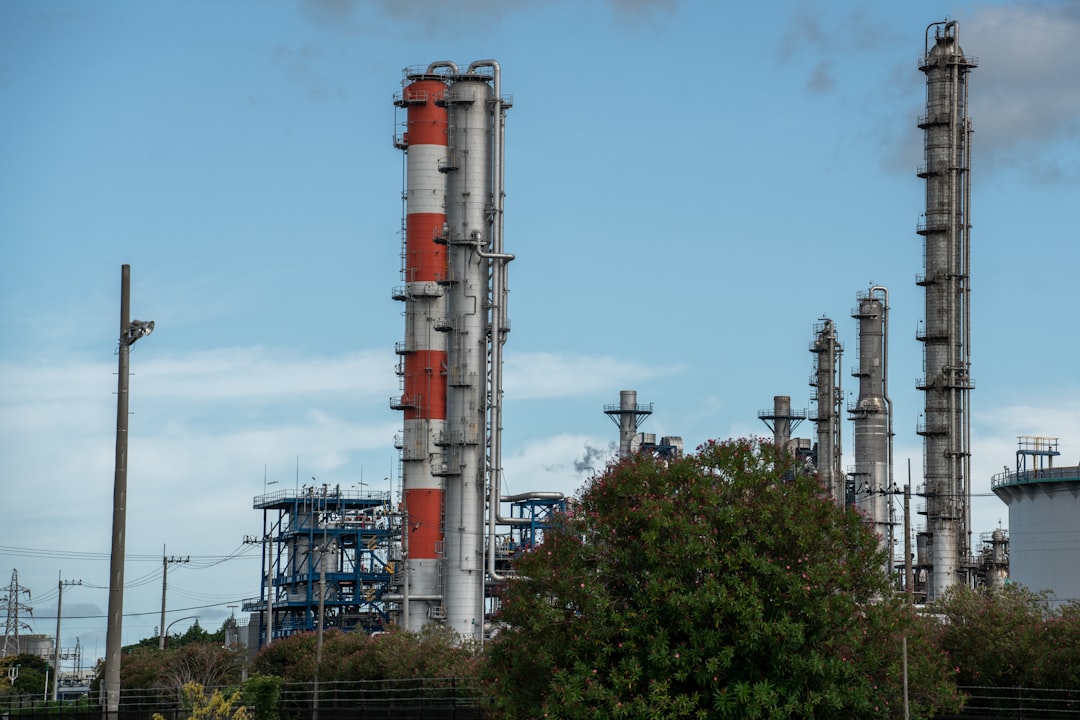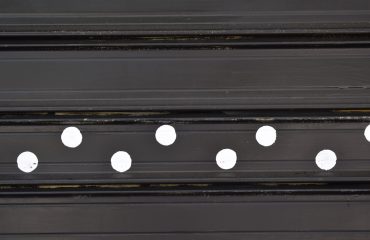The steel industry is a significant contributor to global greenhouse gas emissions. As pressure mounts for greater transparency and accountability, accurate and comprehensive carbon emission reporting is no longer optional—it’s crucial for sustainability, investor relations, and regulatory compliance. This guide delves into the complexities of reporting carbon emissions within the steel sector, providing a clear understanding of the process and its implications.
Understanding the Scope of Steel Emissions
Reporting steel emissions requires a clear understanding of the different scopes of emissions defined by the Greenhouse Gas Protocol. This widely accepted standard categorizes emissions based on their source and control:
- Scope 1: Direct Emissions: These are emissions directly from owned or controlled sources. In steel production, this includes emissions from coke ovens, blast furnaces, and other direct combustion processes within the steel mill. Accurate measurement relies on meticulous monitoring of fuel consumption and emission factors specific to the equipment and fuels used.
- Scope 2: Indirect Emissions from Energy Consumption: These are emissions from the generation of purchased electricity, heat, or steam consumed by the steel plant. Reporting requires obtaining data on the energy mix used by the supplier(s) and applying appropriate emission factors to calculate the indirect emissions attributable to the steel producer.
- Scope 3: Indirect Emissions from the Value Chain: This is the most complex category, encompassing all other indirect emissions across the steel value chain. It includes emissions from:
- Upstream activities: Iron ore mining, coal mining, transportation of raw materials.
- Downstream activities: Transportation of finished steel products, use of steel in construction, and end-of-life processing.
- Purchased goods and services: Emissions embedded in purchased materials and services used in steel production.
Accurate Scope 3 reporting often requires collaboration with suppliers and customers, and the use of life cycle assessment (LCA) methodologies.
Choosing the Right Calculation Methodology
Accurate carbon accounting necessitates employing appropriate calculation methodologies. Several approaches exist, each with its strengths and limitations:
- Tier 1: Company-Specific Data: This involves using direct measurement data from the steel plant’s operational processes. This method provides the most accurate results for Scope 1 and 2 emissions, but data collection can be resource-intensive.
- Tier 2: Sectoral Average Data: This approach relies on industry-average emission factors, offering a simpler and less data-intensive method but with lower accuracy. This is often used for estimating Scope 3 emissions where detailed data is unavailable.
- Tier 3: Process-Based Models: Sophisticated process-based models can simulate emissions based on detailed input parameters like raw material composition, energy efficiency, and production processes. These models offer a high level of accuracy but require significant expertise and data input.
The choice of methodology depends on the resources available, the desired level of accuracy, and the reporting requirements.
Leveraging Data Management and Reporting Tools
Effective carbon emission reporting in the steel industry necessitates robust data management and reporting tools. These tools help streamline data collection, ensure accuracy, and facilitate compliance with reporting frameworks.
Specialized software solutions are available that can integrate with operational data systems, automate calculations, and generate standardized reports. Features to look for include:
- Data integration capabilities: Seamless integration with existing plant data systems.
- Emission factor databases: Access to up-to-date and reliable emission factors.
- Automated calculations: Streamlining the calculation process and minimizing manual errors.
- Reporting and visualization tools: Generating comprehensive reports and visualizing emissions data.
- Compliance features: Ensuring adherence to relevant reporting standards and regulations.
Navigating Reporting Frameworks and Standards
Various reporting frameworks and standards guide the reporting of greenhouse gas emissions. Understanding and adhering to these frameworks is crucial for ensuring transparency and comparability:
- Greenhouse Gas Protocol: The most widely accepted standard for corporate greenhouse gas accounting and reporting.
- Carbon Disclosure Project (CDP): A global non-profit organization that drives companies to disclose their environmental impacts.
- Sustainability Accounting Standards Board (SASB): Develops sustainability accounting standards for publicly traded companies.
- Task Force on Climate-related Financial Disclosures (TCFD): A framework for climate-related financial risk disclosure.
Compliance with these frameworks may vary depending on the company’s location, size, and industry regulations.
Reducing Steel’s Carbon Footprint: Strategies and Innovations
Accurate emission reporting is not just about compliance; it is a critical step towards reducing the steel industry’s environmental impact. Several strategies and innovations are emerging to decarbonize steel production:
- Hydrogen-based steelmaking: Replacing coal with hydrogen as a reducing agent in the steelmaking process.
- Carbon capture, utilization, and storage (CCUS): Capturing CO2 emissions from steel plants and either storing them underground or utilizing them in other industrial processes.
- Electric arc furnaces (EAFs): Utilizing electricity instead of coal in steelmaking, reducing direct emissions.
- Improved energy efficiency: Optimizing steel production processes to reduce energy consumption.
- Recycled steel: Increasing the use of scrap steel in steel production, significantly reducing emissions compared to using virgin materials.
Implementing these strategies requires significant investment and technological advancements, but they are essential for achieving a sustainable future for the steel industry.
Accurate and transparent carbon emission reporting is fundamental for the steel industry’s transition to a low-carbon future. By understanding the scopes of emissions, employing appropriate methodologies, leveraging data management tools, and adhering to established reporting frameworks, steel producers can contribute to greater sustainability and build trust with stakeholders.
SEO Tags:
steel emissions, carbon footprint steel, carbon reporting steel, steel industry sustainability, greenhouse gas steel




